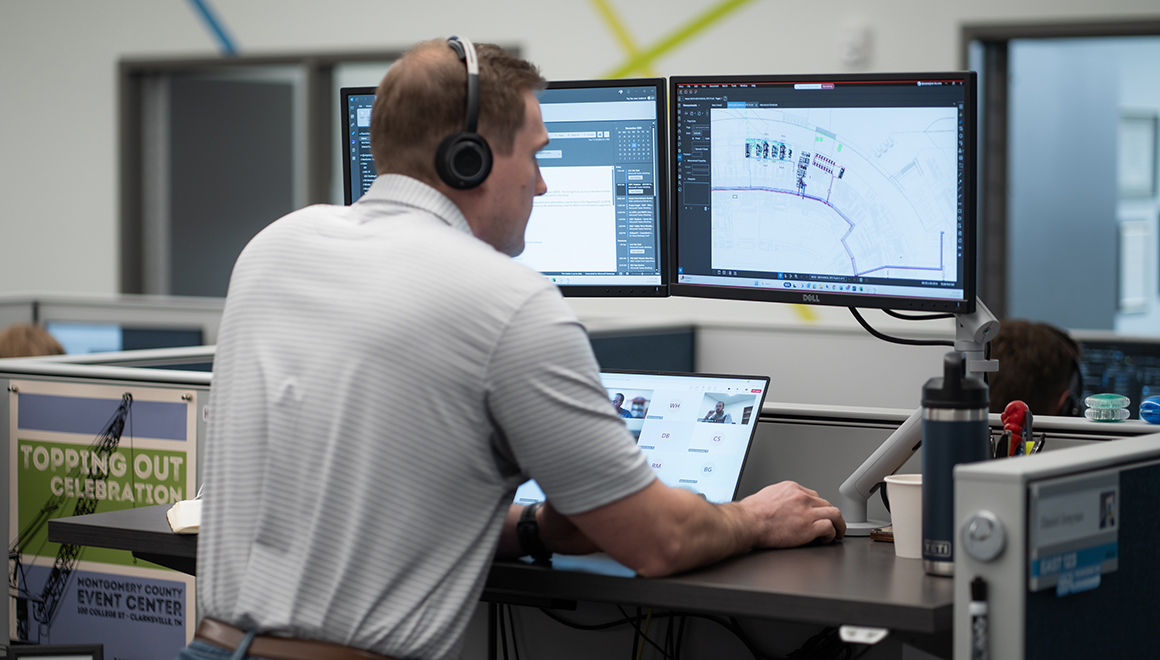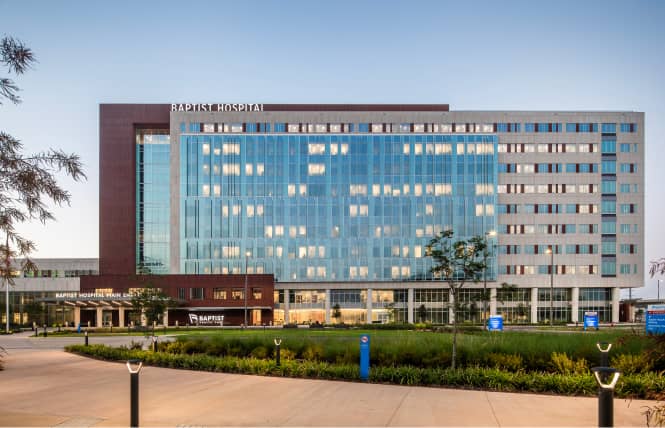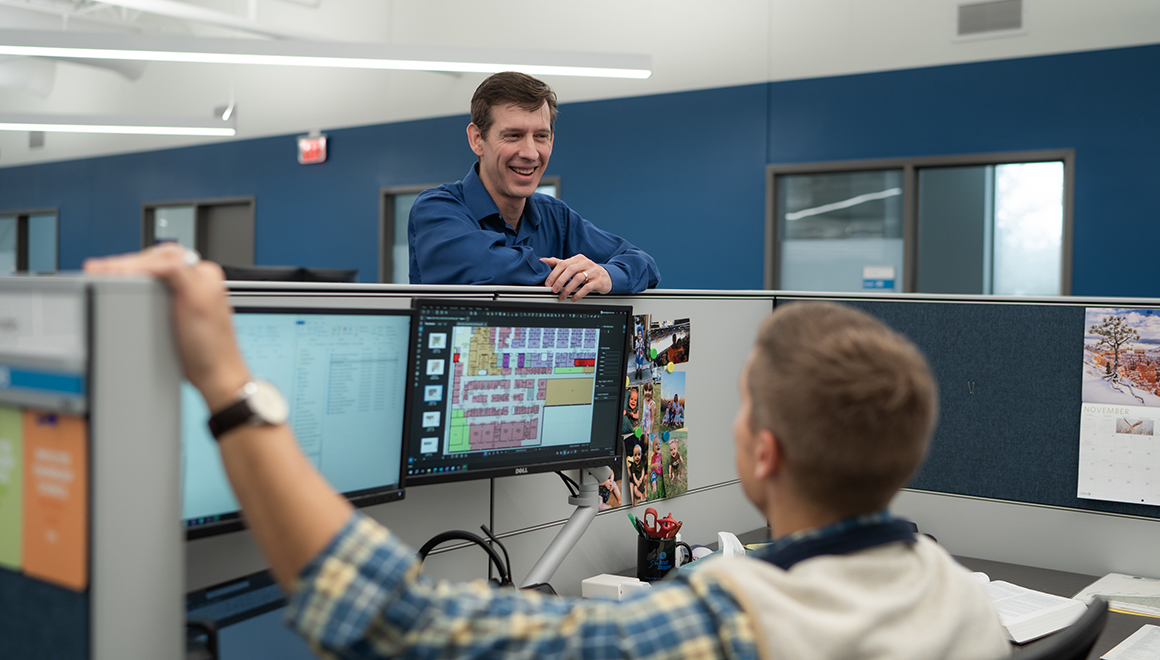SSR On Air: Building Optimization + Sustainability

SSR’s sustainable solutions group and existing building commissioning groups have joined forces to establish our Building Optimization + Sustainability group, led by Principals Victor Saeh and Eric Sheffer. In this episode, learn more about the services provided by this group, including health and wellness certifications for new buildings and troubleshooting and optimization of equipment for existing buildings.
Our diverse team brings decades of collective experience to each and every project, with subject matter experts in a variety of roles. For clients, we hope this episode will provide clarification for all the services our dedicated Building Optimization + Sustainability group brings. For colleagues, we hope you learn about the depth of resources, internally and externally, this group can provide your clients.


